Pomegranate and its great reverence in Persian culture
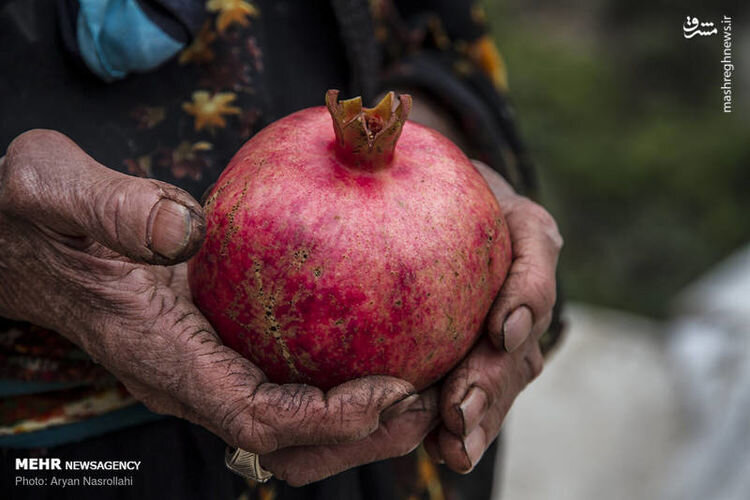
TEHRAN - The pomegranate enjoys great reverence and importance in Iranian culture, religion, art, and tradition. It often symbolizes abundance, blessings, and fertility.
Every autumn, many pomegranate growers in Iran hold festivals to thank God and celebrate the harvest season. Alongside the grape and the fig, the pomegranate has played an important role throughout the Orient since the earliest times.
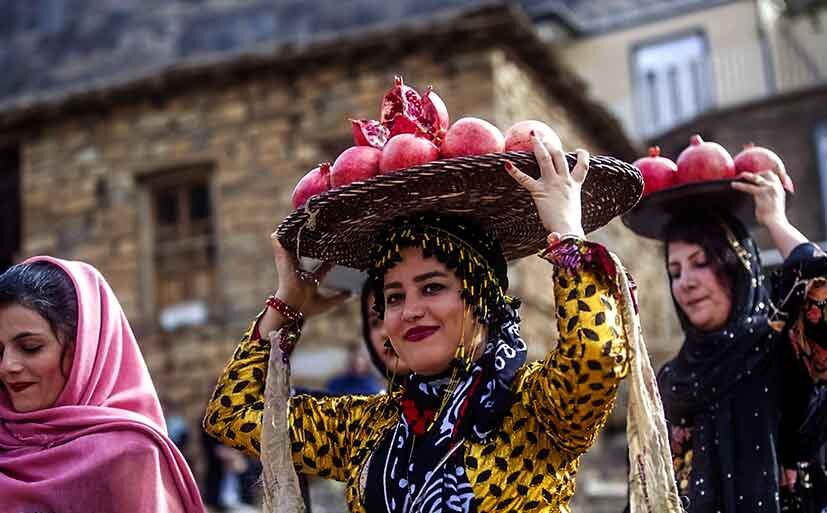
Pomegranate is native to Iran and eastward up to north India. It is widely cultivated in most provinces of Iran, with different colors, sizes, and flavors. It is impressive to see the variety of pomegranates in the country. The ancient land is well-known for the quality of pomegranates and is the largest exporter of pomegranates in the world.
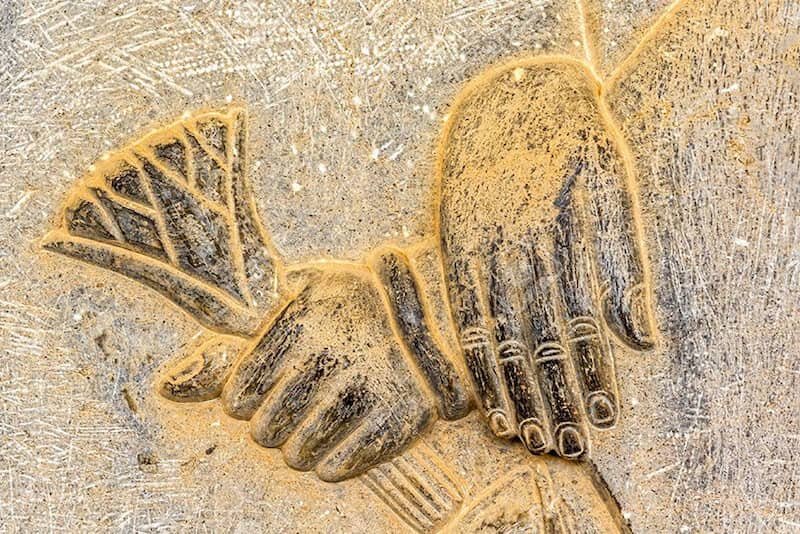
When it comes to Persian literature, pomegranate (Anaar) is there bearing metaphor or symbol. Some say pomegranates can be used to manifest a range of metaphors in Persian poetry due to its intense red color, round shape, and numerous seeds.
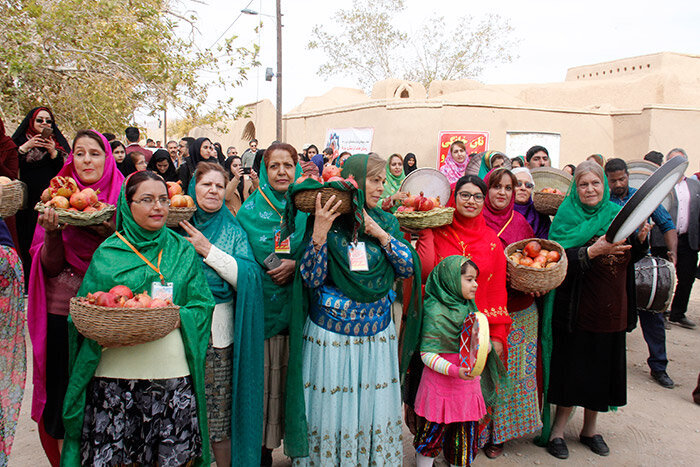
Ancient Iranians believed that the pomegranate was a sign of fertility due to its abundant seeds. It is a high pillar of festivities on Yalda Night. Narratives say the presence of pomegranates symbolizes blessings for a new life. The number of seeds scattered indicates how many children a young woman may give birth to!
By tradition, Zoroastrians offer pomegranates to their daughters and sons when they get married, wishing them fertility. Moreover, they used to burn pomegranate sticks during religious rites.
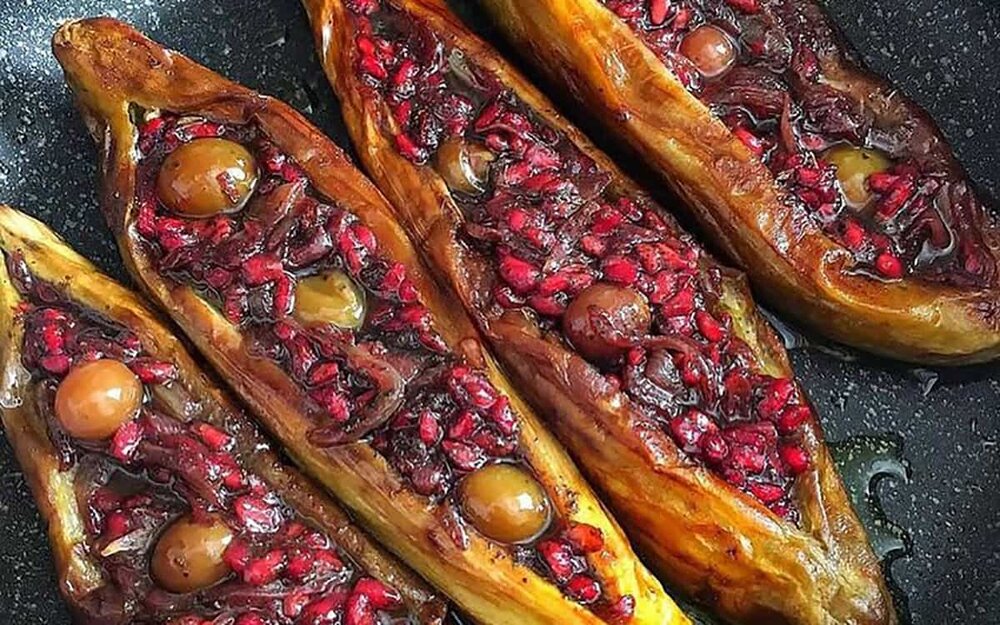
Around 2000 BC, the Lur ethnic communities living in the west of Iran created amazing crafts which are known as Luristan bronzes today, and on some of the Luristan bronze objects, the pomegranate tree is recognizable. Also, the pomegranate is seen in some bas-relief carvings inside the UNESCO-designated Persepolis, which was once the ceremonial capital of the Achaemenid kings. Moreover, some Sassanid bas-reliefs depict pomegranates as a symbol of fertility and productivity.
The pomegranate has long been one of the essential ingredients for Persian cuisine to bring a kind of balance, taste, and flavor.
AM
Leave a Comment